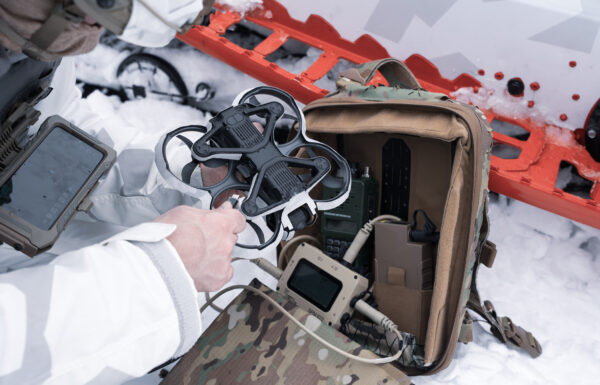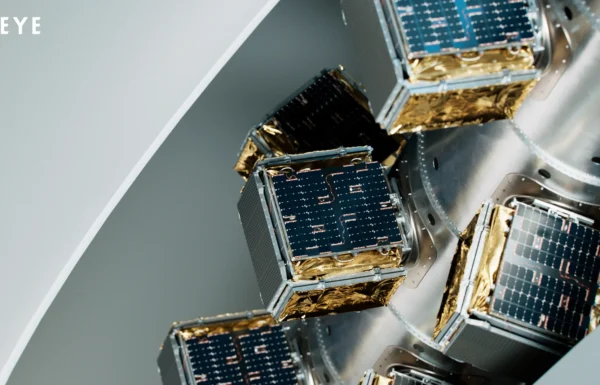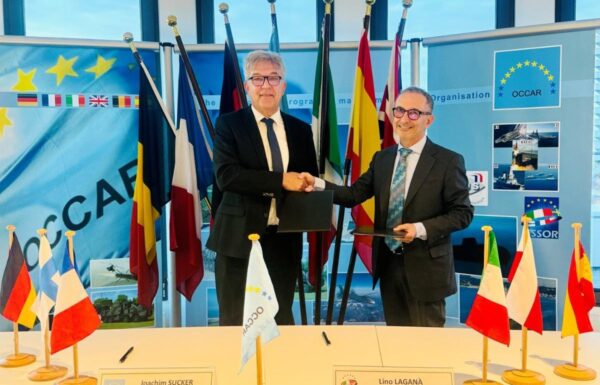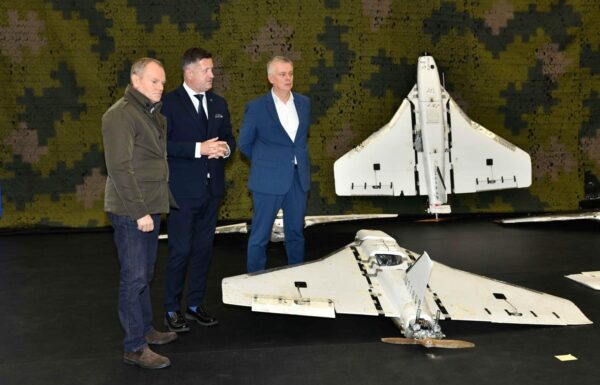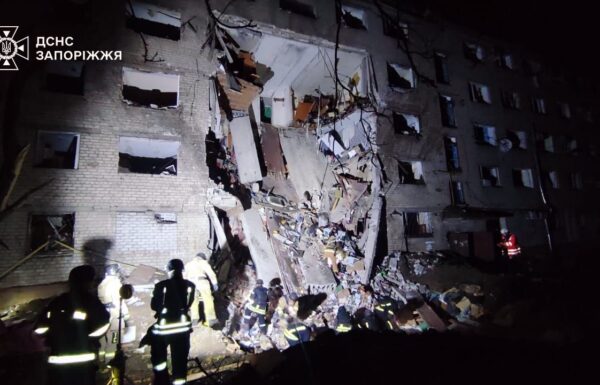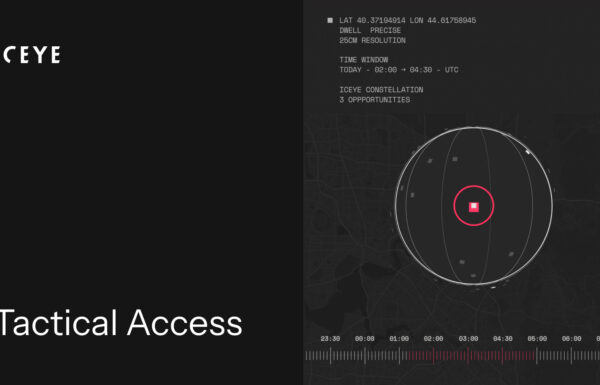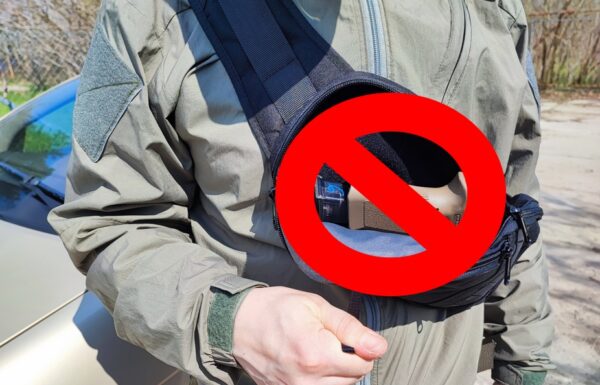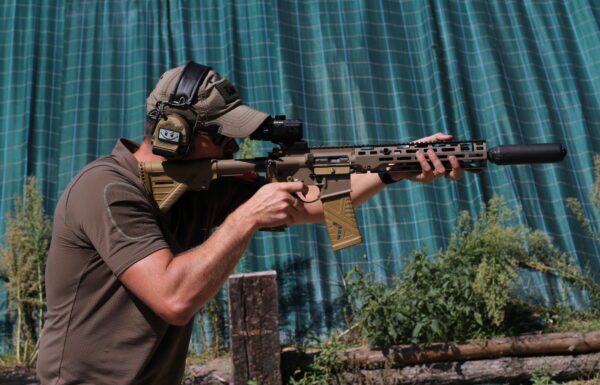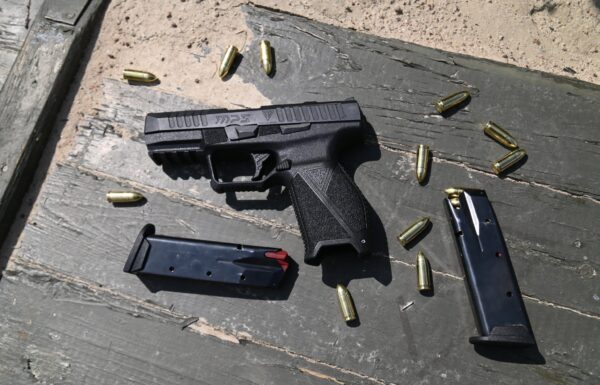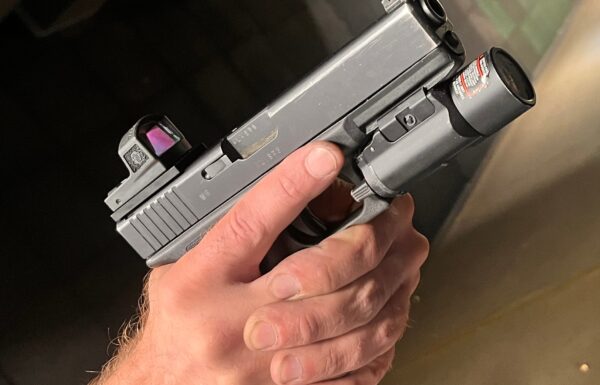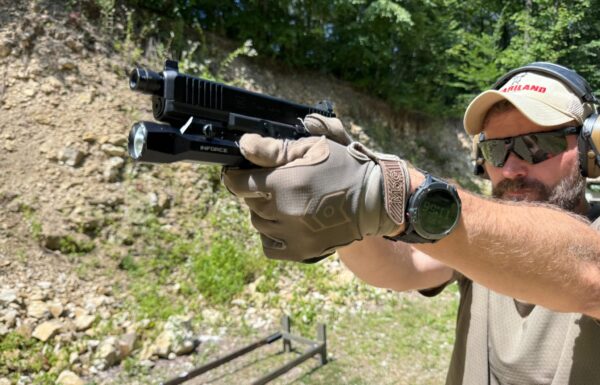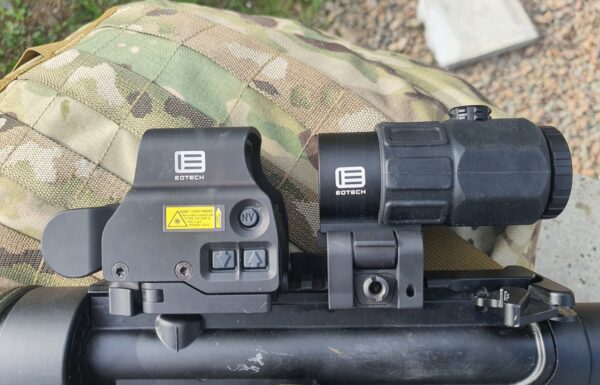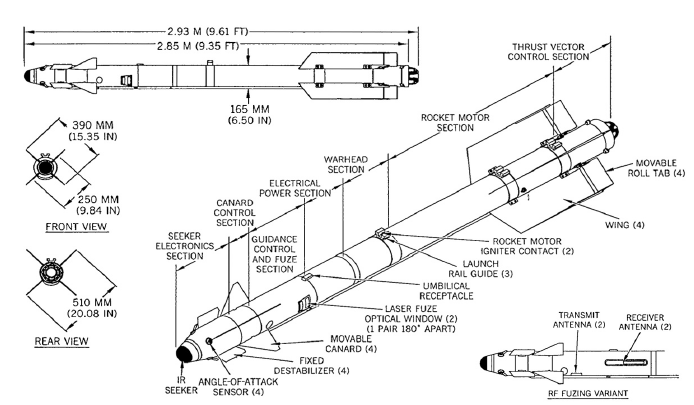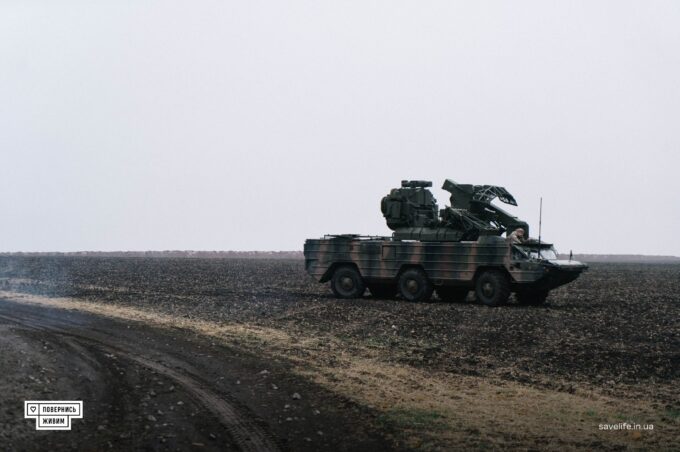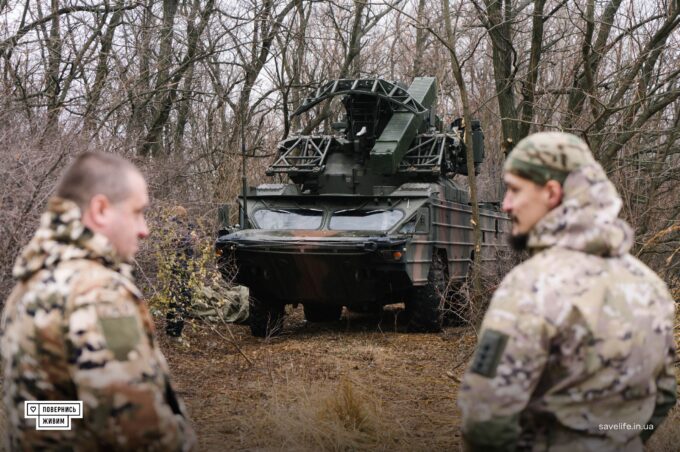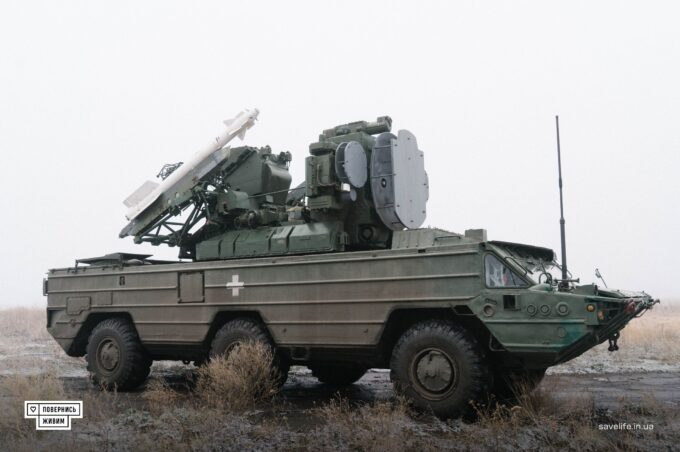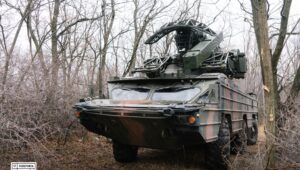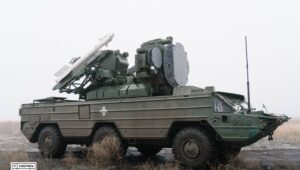On Wednesday, December 11, 2024, the Come Back Alive International Charity Foundation presented a modernized version of the older 9K33M3 Osa-AKM self-propelled surface-to-air missile launcher (NATO designation: SA-8B Gecko Mod-1), upgraded under the Hornet project to utilize the newer R-73 missiles, intended for the Armed Forces of Ukraine. It was emphasized that all such Ukrainian systems have undergone modernization.
 Photos: Serhij Nazarov, Come Back Alive
Photos: Serhij Nazarov, Come Back Alive
The adaptation of Ukrainian launchers to use Vympel R-73 surface-to-air missiles (NATO designation: AA-11 Archer) cost over 14 million UAH (ca. 340,000 USD). All Osa-AKM launchers in the anti-aircraft regiments of the Ukrainian Ground Forces were upgraded.
As the foundation emphasizes, the launchers can now interchangeably use 9M33M3 and R-73 missiles, which Ukraine is reported to have in sufficient quantities (Poland, as part of its military aid, provided 100 missiles of this type, along with 9K33 Osa AKM-P1 Żądło launchers). The modernization included the integration of APU-73 launch rails and additional fire control equipment. Interestingly, the launcher presented belongs to the 1129th Air Defense Regiment.
“The air-to-air missile has a certain advantage as it operates on the ‘fire-and-forget’ principle; it does not need to be guided like the standard Osa missile. Immediately after firing the R-73, you can move away from your positions to avoid a retaliatory strike,” explains Come Back Alive consultant and serviceman Oleksii Dubinka.
According to him, the modernization of the Osa-AKM system in the Ukrainian Ground Forces is analogous to the FrankenSAM program, which is being implemented in the Ukrainian Air Force with the help of the United States.
“The difference,” says Dubinka, “is that within the FrankenSAM program of the Air Force, we use air-to-air missiles provided to Ukraine by our partners, while within HORNET, we are talking about missiles and air defense systems that our military has been using since the 1970s.”
As part of that initiative, American RIM-7 Sea Sparrow missiles and German RIM-162 Evolved Sea Sparrow missiles were integrated with 9K37M1 Buk-M1 launchers.
It is worth noting that the first unofficial photograph of the 9K33M3 Osa-AKM launcher with R-73 missiles appeared on November 12, 2023, which suggests that the process of adapting the launchers may have been ongoing for a year and has now been finalized. Hence, the foundation’s official announcement on the matter, and it is not entirely accurate to state that Ukrainian Osa systems can now use R-73 missiles.
R-73 missiles are also used, among other platforms, on Ukrainian naval combat drones, first observed in May of this year, and, of course, on MiG-29 and Su-27 aircraft.
The R-73 missile weighs 105 kg and achieves target interception speeds of up to Mach 2.5. Its operational range, depending on the version, varies from 30 km (R-73A, R-73E) to 40 km (R-73M).
Interestingly, the missiles have previously been used in a surface-to-air role: in 1999 by the Serbs, and in recent years by pro-Iranian Houthi militants (alongside R-27T, R-60, and R-77 missiles from seized Yemeni Air Force stockpiles). A confirmed but unsuccessful attempt to use one of these missiles against a Saudi F-15SA multirole aircraft occurred.
In the current phase of the Russo-Ukrainian war, on May 7, 2022, a Russian Su-35S multirole aircraft shot down a Ukrainian Mi-14 naval helicopter using an R-73 missile. Colonel Ihor Bedzai, then Deputy Commander of the Ukrainian Naval Forces, was killed in the incident. In 2014, against orders, he personally led the evacuation of all operational aircraft of the 10th Naval Aviation Brigade from Crimea, which he commanded at the time.


